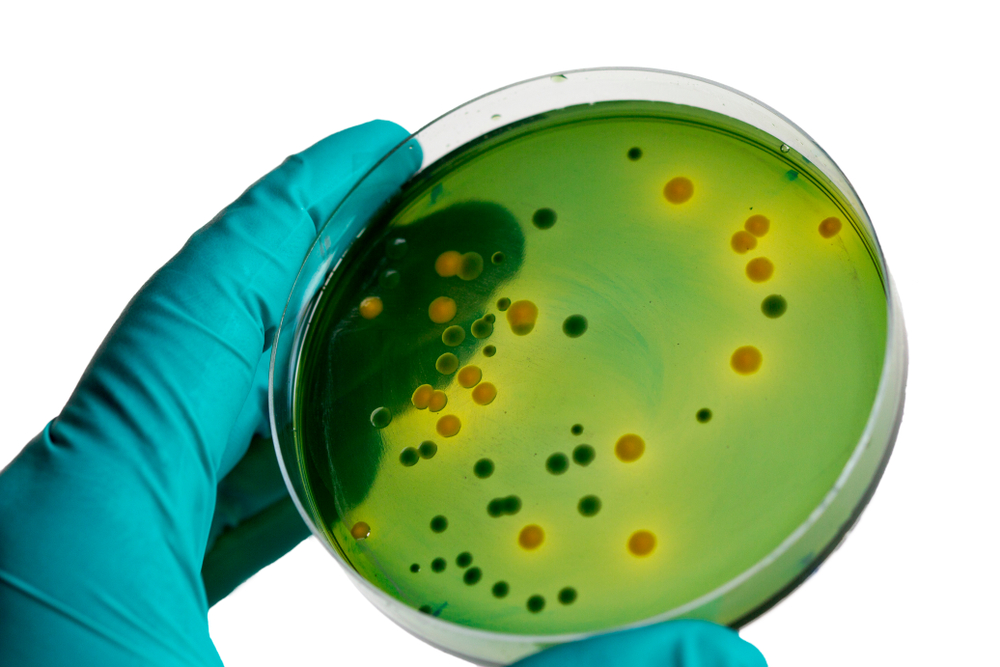
What is being tested?
The test is looking for evidence of the bacterium Neisseria gonorrhoeae, which causes the sexually transmitted disease known as gonorrhoea. Uncomplicated gonorrhoea infections are easily treated but can cause severe reproductive and health problems if left untreated. Bacterial cultures can be used to determine the antibiotics required to eradicate infection.
How is it used?
The test is used in two ways:
A definitive diagnosis is important because gonorrhoea can resemble chlamydia infection and requires different treatment.
When is it requested?
A doctor may request the test if you have symptoms such as (for women) a yellow or bloody vaginal discharge, bleeding associated with vaginal intercourse or burning/painful urination; or (for men) pus discharging from the penis or a burning sensation during urination.
What does the result mean?
Several tests can be performed:
Is there anything else I should know?
While many men with gonorrhoea will experience symptoms, most women do not (asymptomatic) or they are mistaken for a bladder or other vaginal infection. For men, symptoms usually appear within 2 to 5 days of infection, but can take up to 30 days; for women, those who have symptoms usually experience them within 10 days of infection. Symptoms include, for females, burning or painful urination, increased vaginal discharge and sometimes bleeding between menstrual periods or brought on by vaginal intercourse. For men, symptoms include a white, yellow or green discharge from the penis, a burning sensation when urinating and sometimes painful or swollen testicles.
Symptoms of rectal infection include discharge, itching and painful bowel movements. A pharyngeal infection is usually asymptomatic however can result in symptoms similar to tonsilitis. Both males and females can have anal and/or oral infections. If you test positive for gonorrhoea, you should also be screened for other sexually transmitted diseases and your sexual partner(s) should be tested and treated as well.
A positive test indicates an infection that requires treatment with a course of antibiotics. A negative test means only that there is no evidence of disease at the time of the test. It is important for those who are at increased risk of infection to have screening tests performed on a regular basis to check for possible exposure. The diagnosis of a sexually transmitted disease should not be ruled out if the test is negative; patients' clinical symptoms and history should also be considered.
If you are infected, your risk of contracting other sexually transmitted diseases increases, including HIV, the virus that causes AIDS.
Common questions
For women, early symptoms include bleeding brought on by vaginal intercourse, burning/painful urination and a yellow or bloody vaginal discharge. For men, early symptoms include a discharge of pus from the penis known as urethritis, pain in the penis and a burning sensation when urinating. Symptoms of rectal infection include discharge, itching and painful bowel movements with blood on the faeces. Throat infections can feel similar to tonsilitis, i.e. sore throat and pain when swallowing.
The symptoms usually appear 2 to 10 days after sexual contact with an infected partner. The early symptoms can be mild and most women and some men can be infected without showing any symptoms.
The natural history of gonorrhoea is spontaneous resolution after weeks or months of unpleasant symptoms, during which time transmission of the organism is likely. In some individuals untreated gonorrhoea can lead to severe complications. Women can develop pelvic inflammatory disease (PID), an infection that spreads from the vagina and cervix to the uterus and fallopian tubes. PID can cause scarring of the fallopian tubes, which can lead to ectopic (or tubal) pregnancy or sterility. The symptoms of PID include heavier periods with more cramps, abnormal mucus discharges, pain in the lower abdomen, weakness, fever, vomiting and pain during intercourse. If a woman has the infection during pregnancy the organism can be transmitted to their baby during birth.
Other long-term complications can include abscesses. In men, other complications such as prostatitis, epididymitis and urethral structure can occur. The infection can lead to an inflammation of the testicles that can result in sterility. Disseminated gonococcal infection (DGI) is caused by the organism spreading through the bloodstream and manifesting as arthritis of the joints.
It is generally transmitted through mucus membranes via sexual contact (oral, genital or anal) with an infected partner. Transmission is reduced with the use of condoms. An infected mother can spread the bacteria to her baby during childbirth. This presents as conjunctivitis which if not treated can cause blindness.
Gonorrhoea can be treated with a course of antibiotics.
Pathology Tests Explained (PTEx) is a not-for profit group managed by a consortium of Australasian medical and scientific organisations.
With up-to-date, evidence-based information about pathology tests it is a leading trusted sources for consumers.
Information is prepared and reviewed by practising pathologists and scientists and is entirely free of any commercial influence.